The BorgWarner eBooster
The turbocharger is a wonderful invention, bringing mankind the much-needed efficiency. Without them, many modern engines would be either woefully underwhelming and inefficient, or have to rely on heavy hybrid systems.
However, there’s an underlying disadvantage to using turbos, and that’s balance. It’s difficult to spec and pair an engine up with the right turbo. It’s always a delicate tip-toe between performance, wear and fuel efficiency.
Furthermore, in the pursuit of performance, therein lies yet another see-saw. Responsiveness and raw power. In many cases, in order to gain responsiveness, the raw unadulterated thrill of torque and horsepower spike has to be sacrificed.
Thus, BorgWarner are well known for providing OEM powertrain components, has set out to provide a solution. Cue the eBooster, a key to navigate the tricky labyrinth of fuel efficiency and drivability.
To sum it up, it’s an electric compressor that’s designed to aid turbo spool. More specifically, it’s made to improve low engine speed response, alleviating obvious turbo lag and smoothing out the power band. As a bonus, because no extra combustion is required, it helps to keep exhaust back pressure low.
You might think harvesting air from additional sources sounds familiar. But BorgWarner has a different approach to this matter, instead of completely relying on the main turbocharger, why not add a smaller one?
Of course, it’s not a new concept, sequential turbocharging is a tried and tested method of reducing lag. But there’s a qualm with conventional sequential turbo setups, and that’s it’s a complex system.
To run two turbos in the first place, you have to run a more convoluted exhaust system that’ll generate more heat. Therefore, BorgWarner has decided to go with a simple solution, why not run something more akin to a supercharger?
How does it work?
It does not leech power off the engine, it has a motor that spins a compressor, which in turns spins the turbo.
The brushless motor mounted directly behind the compressor operates at 2 kw, and draws an average power of 210 W. It’s an increased electrical load for the car to handle, but it’s a considerable trade off for independence from the crankshaft. A belt-driven system will be able to drive a much larger compressor, but it comes at the cost of increased fuel consumption.
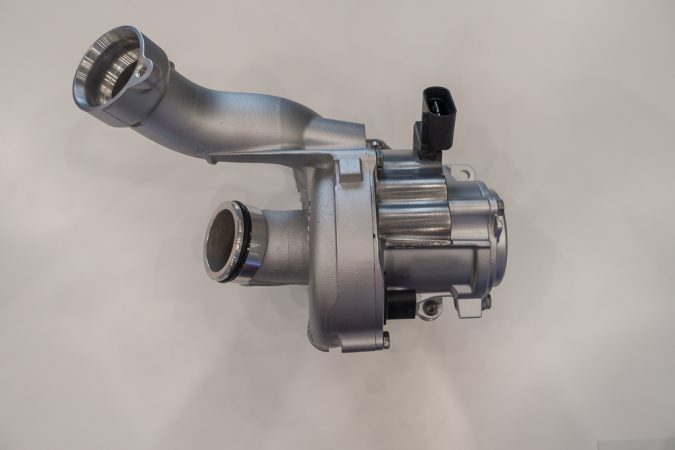
As the compressor doesn’t rely on the crankshaft, it can spin much faster than the crank, simulating an overdrive supercharger pulley. It’s possible for the eBooster to build decent boost that theoretically can be controlled by the ECU.
You may ask, where does it get the air to compress? Instead of intake air, the eBooster borrows part of the compressed air from the main turbo. A bypass valve reroutes the air from the main tract into the eBooster, it swiftly builds boost to provide stage one of the boost.
Once the main turbocharger compresses enough air, it drives the wastegate and the bypass valve open, allowing the main turbocharger to take over. Hypothetically, this should provide a smoother and quicker transition to the torque spike. Or, to put it in a word, provide better transient boost response.
At low to cruising speeds, the electronically controlled wastegate opens up, thus the eBooster stays inactive. Important to keep the car refined and fuel efficient. The eBooster is also incredibly compact, easing integration into an established turbocharging system.
One of the major advantages BorgWarner is catering for is further downsizing. Since the eBooster shifts the torque curve earlier, manufacturers doesn’t have to rely on displacement to fundamentally generate more torque. This helps to keep fuel consumption and emissions down yet maintains drivability.
Flip side of the coin
So, what are the disadvantages? Keep in mind most of these come from my own opinion.
The main thing is efficiency. By all means, BorgWarner is a talented company, and they know this is an issue. Motors are definitely quite efficient in what they do, but they still generate reasonable heat at high rpms. And the motor is expected to work at high rpms.
BorgWarner realises this and they do everything they can to mitigate this problem. They went with a compact DC brushless motor made to produce little inertia, lower mechanical loss and resist heat. It even promises to spin to a staggering 70,000 rpm in under 300 milliseconds. This should also help with the noise, vibration and harshness, especially when compared to belt-driven systems.
It also has to be modular. Of course, you can certainly install the eBooster into any turbocharged car, but is it efficient? The eBooster has to be paired to just the right turbocharger size to truly be at its peak efficiency. And not every ECU out there now is capable of integrating the eBooster directly into a turbocharging system.
Most importantly, reliability. Brushless motors are essentially maintenance-free, but the trouble is its operating environment. Despite the use of materials designed to work in extreme conditions, how long it can last is a different matter altogether. BorgWarner also attempt to aid in this department by promising high quality electronics. For the 48-volt eBooster, a water cooling system is even feasible, compared to the air-cooled only 12-volt eBooster.
BorgWarner eBooster Price?
Whilst most of us would like to know how much the public could by one for, to use as a modification, the price in the UK hasn’t been revealed yet.
Verdict
BorgWarner’s eBooster seems promising. It’s one of these technology much like Koenigsegg’s FreeValve, technology made as a valiant effort to keep the fossil fuel driven engines alive. Currently, Audi is an early adopter for the eBooster technology, with the Audi RS5 TDi being exemplary. I mean, that thing makes 750 Nm of torque at just 1,250 rpm!
BorgWarner is still working on this technology, trying to improve and integrate it into more engines. It’s promising, and I’ll be an audience for further news. Watch the footage below by BorgWarner to know more about this tech.
What do you think? Leave your thoughts below.

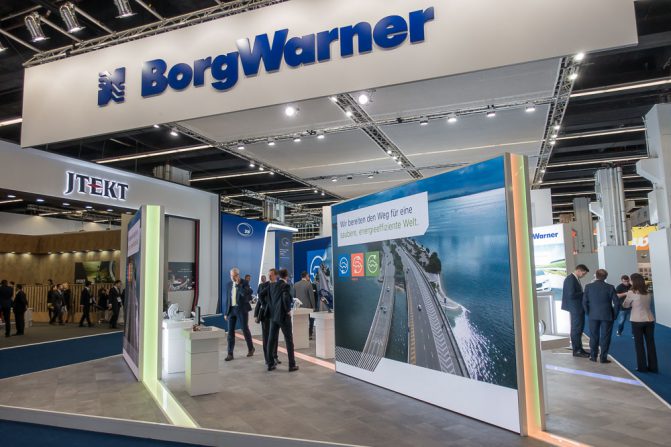
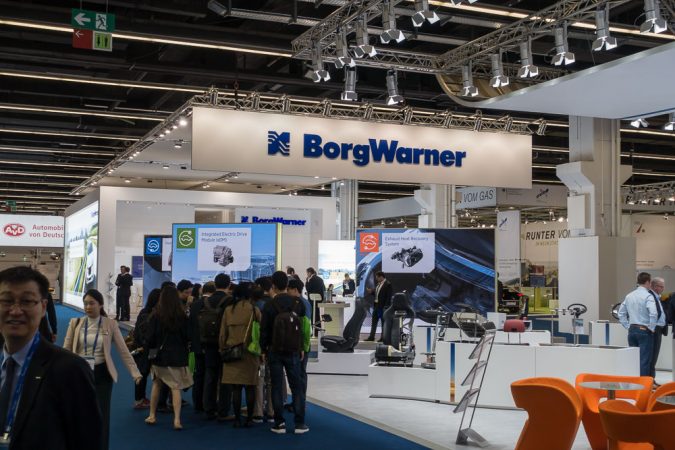
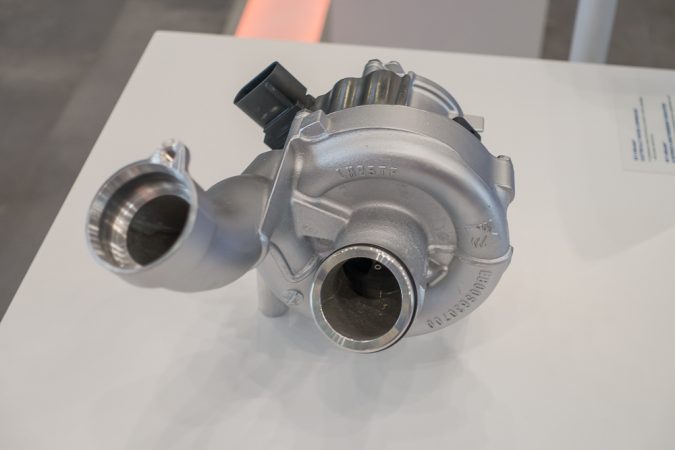
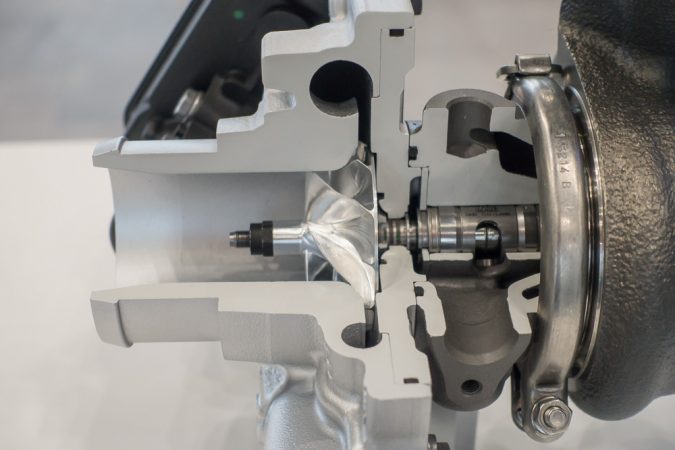
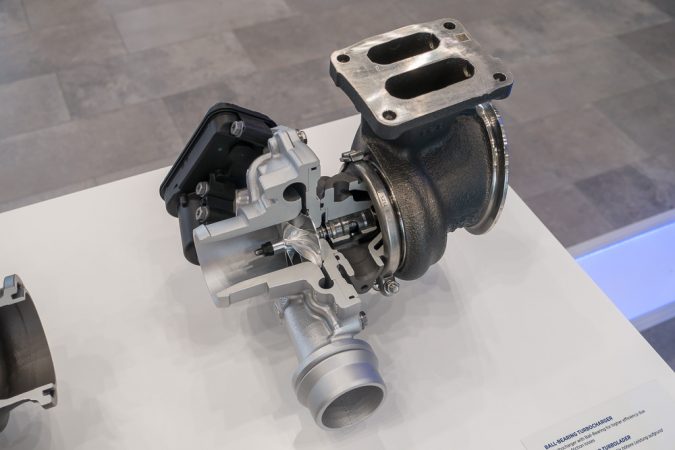
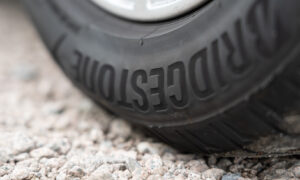
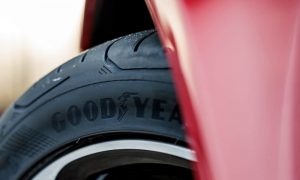
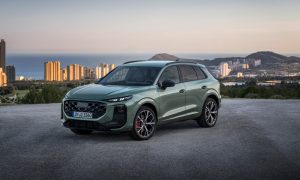
I am looking forward to when BorgWarner release the Ebooster for the aftermarket car tuning scene. Pricing is going to be a major factor, also does a current aftermarket ems have the capability to control the Ebooster ? As a complete system which will also require a 48v alternator and a 48v to 12v dc-dc converter it is not going to be cheap to incorporate into a low/mid range tuned street car.